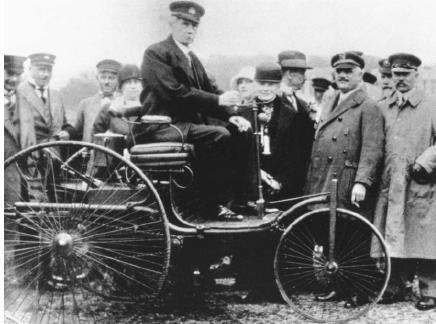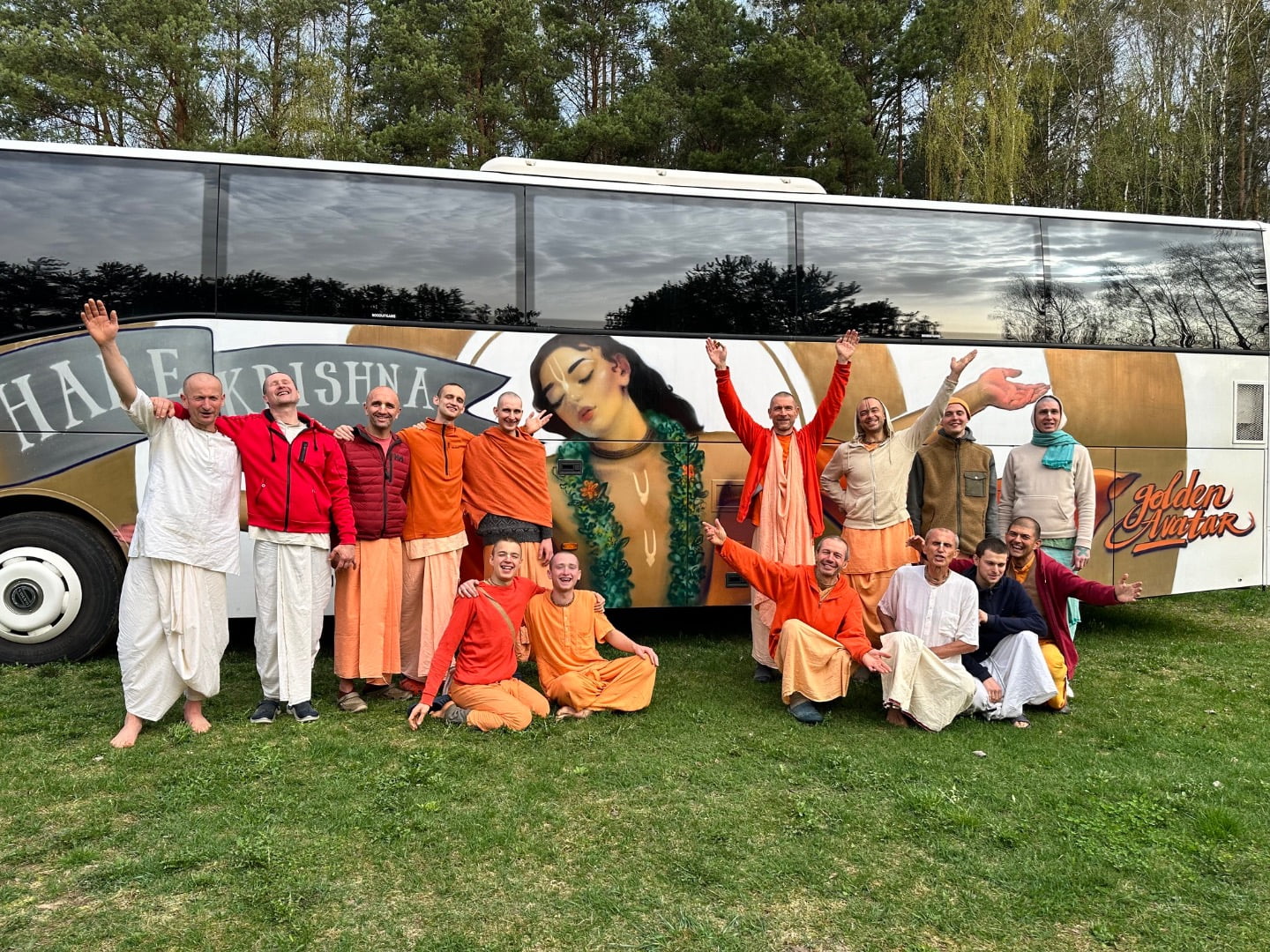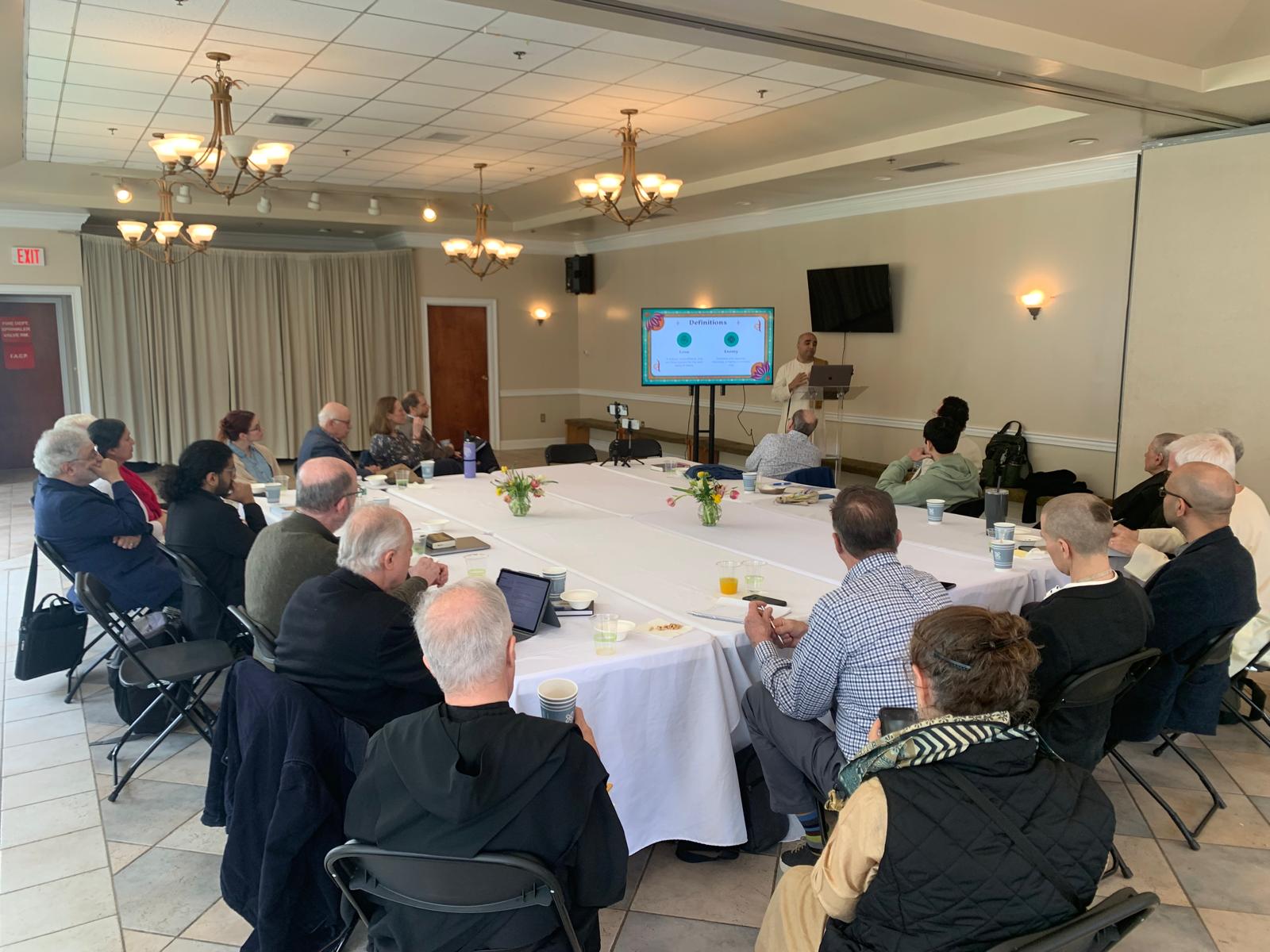An Inadvertent Footnote to the End of Civilization
By Sesa Dasa | Apr 25, 2009

Ever thought much about footnotes? As a practicing lawyer I have nightmares about them! Footnotes have the power to illuminate or damn any argument. The American College Dictionary defines a footnote as follows: a note or comment at the foot of a page, referring to a specific part of the text on the page. I don’t mean to get into splitting hairs, but as a lawyer I can’t help myself. The Compact Oxford English Dictionary defines a footnote slightly different as: an additional piece of information printed at the bottom of a page.
This second definition considerably expands the concept of a footnote by not requiring what is printed at the bottom of the page to be specifically intended by the author to refer to the text on the page. OK, I know this is a bit technical, but that’s what we lawyers do. Here’s why I find it interesting. I recently ran across what was essentially an inadvertent footnote to the end of civilization.
The editors of the Alligator, a college town newspaper serving the University of Florida community in Gainesville, Florida, have chosen to set up the front page of their paper with headline stories at the top, and across the bottom of the page they place items which are essentially footnotes, including snippets of sports news, the local weather, and intriguing short news pieces from the wire services.
On April 10, 2009 the Alligator ran the following front page headline to their story covering the speech delivered by Pulitzer Prize winning author Jared Diamond the previous night at the University of Florida, “Author Discusses End of Civilization.” According to the article, Diamond, whose work focuses on how and why civilizations rise and fall, evaluates a society’s performance by five factors: environmental, governmental, resource use, friends and enemies.
At the bottom of the same front page the Alligator ran this footnote, an additional piece of information printed at the bottom of the page, which inadvertently illuminates the headline story:
Man hit by car after wife gets out to help
NEW PORT RICHEY (AP) – Authorities say an elderly Tampa Bay man died after being hit by his own car, which his wife had not shifted to park.
The Florida Highway Patrol says 77-year old John Anzalone got out of the car shortly after noon on Wednesday and was walking toward a barber shop at a strip mall when he fell in the parking lot. His wife, 72-year old Patricia Anzalone, went to help him but left the car in gear. The unoccupied vehicle moved forward and hit her husband. The New Port Richey man was airlifted to a hospital, where he later died. FHP is still investigating the incident and says charges are pending.
Srila Prabhupada condemned modern society as a “motor car civilization,” and this footnote to the Alligator story on the End of Civilization gives tragic illumination of both his point and author Diamond’s theory. Think about the automobile and what this machine has meant and still means to the life of a 77-year old in America.
Mr. Anzalone was born into a society, which according to the National Academy of Engineering, in the late 1920’s had reached a highpoint of 43 different carmakers. Although his early years were during the Great Depression, by the time Mr. Anzalone was in his late teens and early twenties, ready to begin his adult life, the automobile industry was flying high. The Oxford Companion to United States History describes the Automotive Industry during this period, “In the five years after 1945, Americans purchased 21.4 million vehicles, nearly doubling the number of cars in the country”¦ Americans transformed their landscape to accommodate their automobiles, constructing a 41,000 mile interstate highway system and thronging to new suburban developments.” The “motor car civilization” promised unending opportunity for Mr. Anzalone and millions of others just like him. Without concern for any of the five factors pointed out by Diamond, the impact on the environment or use of resources, government regulation, and international friends and enemies, Americans optimistically plunged forward.
We know the history from there. The 60’s brought safety concerns, foreign competition, labor tensions, concern over fuel efficiency and pollutants, and rising oil prices from international producers. But dreams of the good life, a life dependent upon the automobile, don’t die easily. The 70’s saw a revitalization of the industry which turned to producing more efficient vehicles. But, as soon as the effect of Diamond’s five factors on the automobile industry started to recede, the 80’s and 90’s saw a return to larger vehicles and unthoughtful consumption.
The Oxford Companion to United States History article concludes, “Powerful, entrenched, and increasingly global, the automotive industry by 2000 barely resembled its early predecessor, though throughout the century the industry had been instrumental in establishing patterns of life, economy, and mobility.”
Well, perhaps this article was written more than 10 months ago, before the cracks in the automotive industry became apparent. Yet, it still reflects the only reality many 77-year olds in America have ever experienced until today, i.e. unbridled faith in materialism.
Diamond’s five factors loom large today. The world is at war over oil, environmental disaster is within sight, the 3 remaining major US automakers are on the verge of bankruptcy, and world economies are in shambles. Mr. Anzalone, like countless other Americans, probably lost a good deal more than just his retirement savings in the financial collapse. He probably lost some of the optimism and faith in materialism that followed him throughout his life in the “motor car civilization.”
At the end, Mr. Anzalone was rundown by his own car, his dream vehicle no doubt. How tragically symbolic of how our civilization is being run down by the very thing that drove it for decades. This is the way of material life. [See Footnote 1]
Footnote 1
Srila Prabhupada offers this alternate ending to this story, “In contemporary civilization we see that there are many automobiles manufactured to carry us swiftly from one place to another, but at the same time we have created other problems. We have to construct so many roads, and yet these roads are insufficient to cope with automobile congestion and traffic jams. There are also the problems of air pollution and fuel shortage. The conclusion is that the processes we manufacture to counteract or minimize our distresses do not actually put an end to our pains. It is all simply illusion. We simply place the burden from the head to the shoulder. The only real way we can minimize our problems is to surrender unto the Supreme Personality of Godhead and give ourselves up to His protection. The Lord, being all-powerful, can make arrangements to mitigate our painful life in material existence.” Purport to Srimad Bhagavatam 4:29:33.














